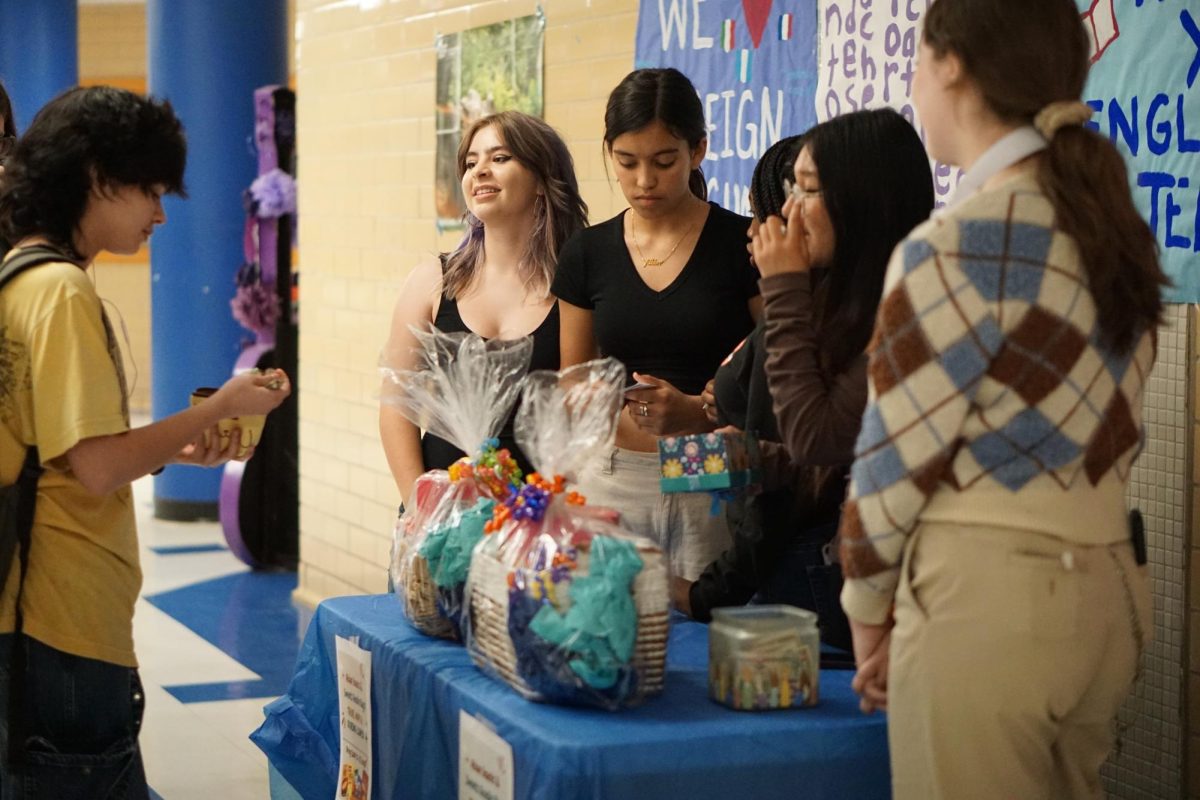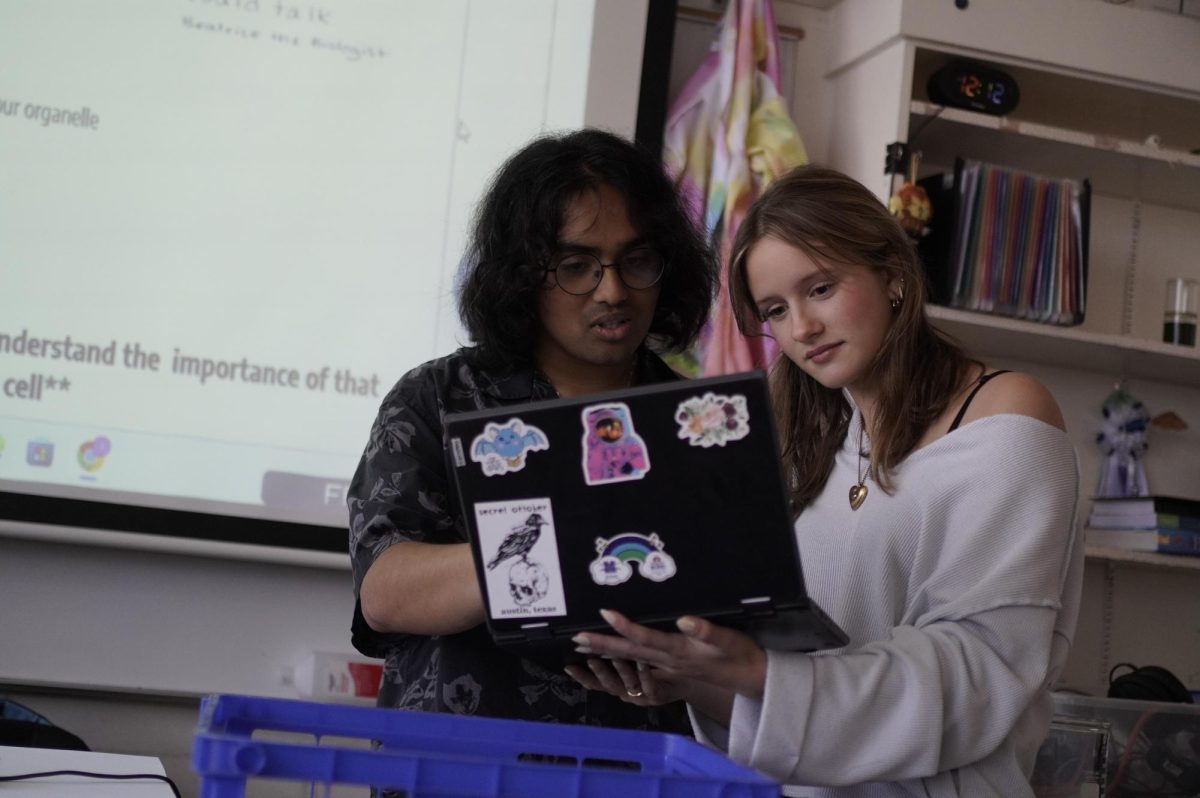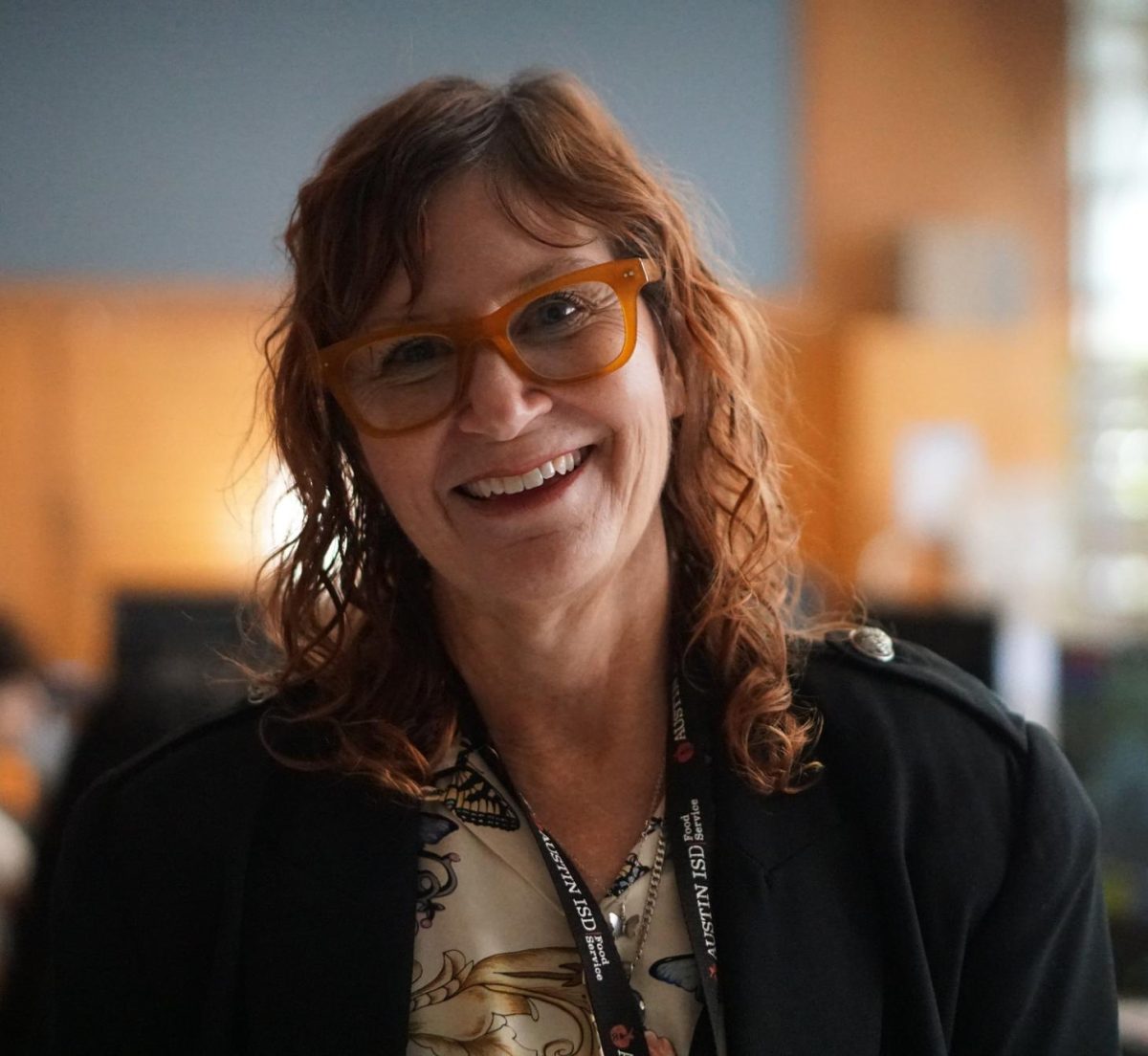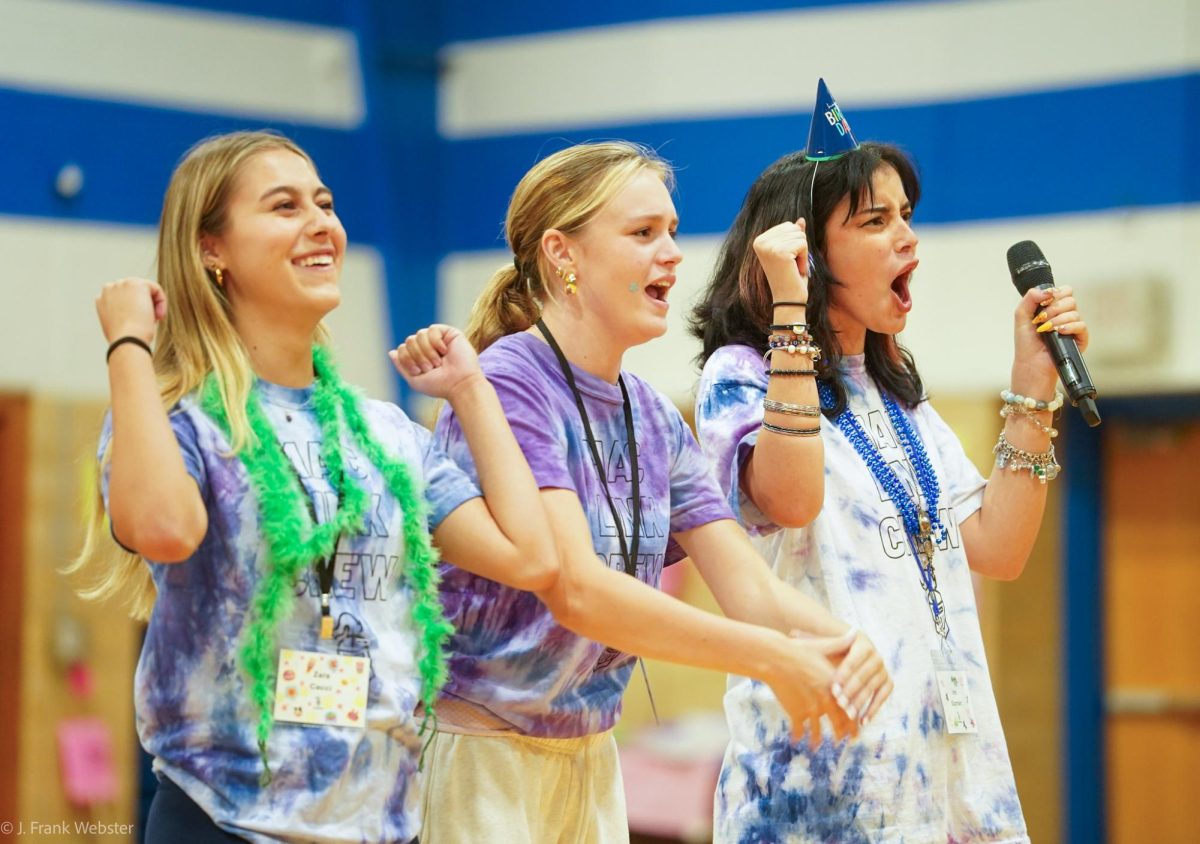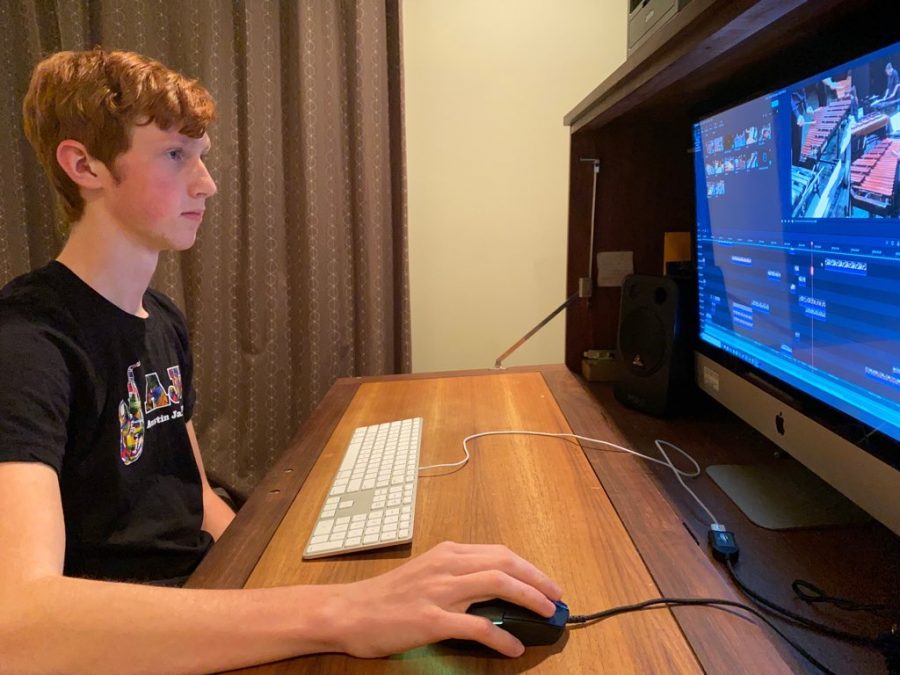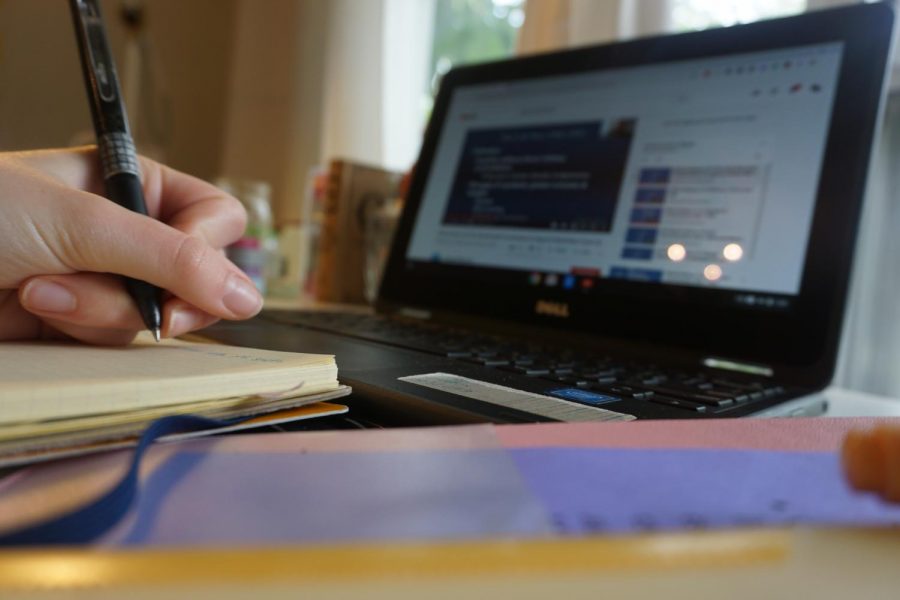When you ask senior Calvin Burghart what he likes to do, you probably would not expect him to say that it’s banging his head on the desk until he solves his most recent computer science problem, but that was his answer. As a prospective computer scientist, he sees the beauty in the frustration that can come with the inner workings of simulations and software.
It all started five years ago when Burghart was looking for a new hobby as a young middle-schooler.
“When I was in seventh grade, I was in a club in Florida called the Technology Student Association, where we designed a video game, and I had to learn my first language to design it called JavaScript. And I hate Javascript,” Burghart said. “But I really enjoyed the problem-solving aspect of banging my head against the table for two weeks straight trying to figure out how to make this little guy jump or whatever, and I kinda got addicted.”
Once he was introduced to coding, he began to use his skills to create simple computer games.
“I think the most fun thing [I’ve made] is this video game that I made a long time ago,” he recalled. “That one was so good that everyone at my school was like, ‘Can I get this game, can I get this game?’ And then from like seventh to ninth grade I was just trying to refine [some] physics tools for this game. It was super simple visually, but the mechanics of the game were so good. And everything else was blocked, so kids wanted the game because they were ‘testing it.’”
Though he seemed to have a knack for it, the making and selling games side didn’t interest Burghart as much as the scientific, real-world possibilities of coding did.
“No, I wouldn’t consider selling [my games]; it’s not what I want to do with my life,” he said. “So, for now I don’t really care [if people play my game].”
After he began coding, what began as an interest grew to a full-fledged possible career path. The problem-solving aspect that Burghart finds captivating is a hot commodity in the working world. As global technological dependence increases, the need for computer scientists and software engineers increases with it.
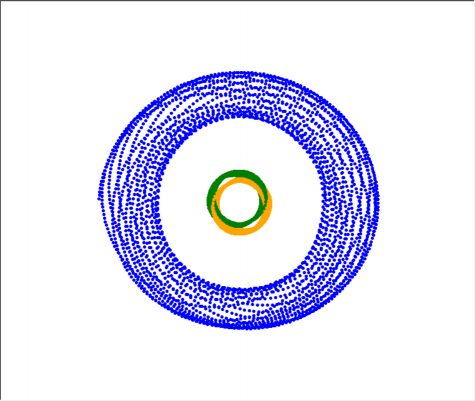
“Computer science has infected every single area of study,” Burghart said. “So pretty much if you look at any scientific paper done in the last five or 10 years, all the charts and stuff has been done by a computer scientist using coding. So all the work in the sciences uses coding, all the work in private business, creating like astrophysics, they use MatLab almost constantly. If you go to school for astrophysics, most of what you learn is coding simulations. All the big companies that are making jets and stuff, they need simulation software that isn’t necessarily on the open market. So they hire software engineers and computer scientists to make that software for them.”
For students who want to get into coding, Burghart recommends finding a professional program to help them with the essential first step: learning the first language.
“Getting into coding is the hardest part,” he explained. “Once you know how to code it’s super easy to get into it because it’s as easy as a Google search, but, if you Google search ‘how to code’ and you don’t know how, it just looks like gibberish, and it’s pretty awful. Taking classes is really nice, online classes. There are a bunch of online websites where you can buy courses that are really nice and good introductions to coding.”
Burghart states that after learning a first coding language opens the world of coding and its infinite possibilities.
“You can code anywhere, you just need a laptop,” Burghart said.
A laptop and maybe a desk with a softer surface for all the head-banging it takes to arrive at the final solution to the next coding challenge.



